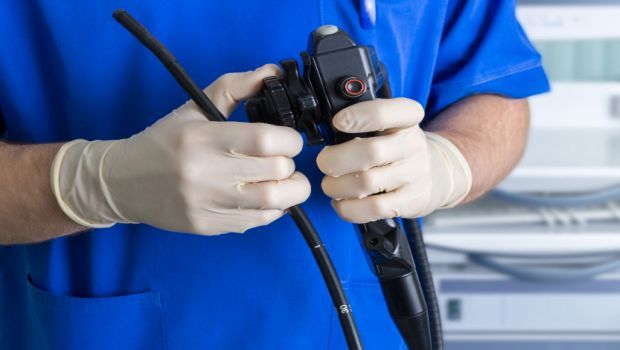Dirty Endoscopes Top ECRI Institute's 2016 Technology Hazards List

Every year hospitals are blindsided and patients are harmed by unexpected health technology hazards. Medical technology is intended to improve patient care, but even the best of technology-if configured, used, or maintained improperly-can lead to problems.
"With all of the issues that hospital leaders are dealing with, technology safety can often be overlooked," says Anthony Montagnolo, chief operating officer, ECRI Institute. "Based on our experience with independent medical device testing in our laboratory, accident investigations, and reported events, we're very aware of serious safety problems that occur."
To help hospitals prioritize technology safety efforts that warrant their attention and to reduce risks to patients, ECRI Institute publishes an annual list of top 10 health technology hazards. The 2016 Top 10 Health Technology Hazards list, released today, includes both high-profile and unexpected issues, as well as ones that are emerging, such as hazards related to electronic health records.
A series of fatal Carbapenem-resistant Enterobacteriaceae (CRE) infections that attracted national media attention in 2014 and 2015-combined with ECRI Institute's own studies into endoscope cleaning and disinfection practices-prompted ECRI safety engineers to elevate flexible endoscope reprocessing to the top of the 2016 list. This year's top hazard specifically addresses the need to adequately clean flexible endoscopes before disinfection to help prevent the spread of deadly pathogens.
Safety risks from clinical alarms, a perennial No. 1 hazard, moved down to the No. 2 spot. Failure to recognize and respond to actionable clinical alarm conditions in a timely manner can result in serious patient injury or death, according to ECRI's report. It remains an important issue for hospitals as non-compliance with the Joint Commission's January 1, 2016, deadline for its National Patient Safety Goal on clinical alarms can put patients at risk of harm.
Other topics on the 2016 list include failure to effectively monitor post-op patients for opioid-induced respiratory depression, inadequate surveillance of telemetry-monitored patients, insufficient physician training on new OR technologies, health IT errors, gamma camera mechanical failures, and more.
To develop the annual list, ECRI Institute's multidisciplinary staff of engineers, scientists, nurses, physicians, and safety analysts draw on the resources of the Institute's nearly 50-year history, as well as expertise and insight gained through testing and analyzing healthcare technologies. Topics on the list take into account factors such severity, frequency, breadth, insidiousness, profile, and preventability.
The 2016 Top 10 Health Technology Hazards Executive Brief, available for free download, includes an overview of each hazard. More detailed descriptions of the hazards, along with comprehensive guidance and exclusive ECRI Institute recommendations, are included in ECRI Institute membership (Health Devices System™, Health Devices Gold™, and SELECTplus®). Non-members can purchase ECRI Institute's 2016 Top 10 Health Technology Hazards Solutions Kit for online access to those same resources for each hazard.
To download the 2016 Top 10 Health Technology Hazards Brief for free, visit www.ecri.org/2016hazards.
Source: ECRI Institute
The Sterile Processing Conference Survival Guide: How to Make the Most of Your Next Event
March 25th 2025From expert speakers to cutting-edge tools, sterile processing conferences, like the 2025 HSPA Annual Conference and the SoCal SPA's Spring Conference, offer unmatched opportunities to grow your skills, expand your network, and strengthen your department's infection prevention game.
Redefining Material Compatibility in Sterilization: Insights From AAMI TIR17:2024
March 24th 2025AAMI TIR17:2024 provides updated, evidence-based guidance on material compatibility with sterilization modalities. It offers essential insights for medical device design and ensures safety without compromising functionality.